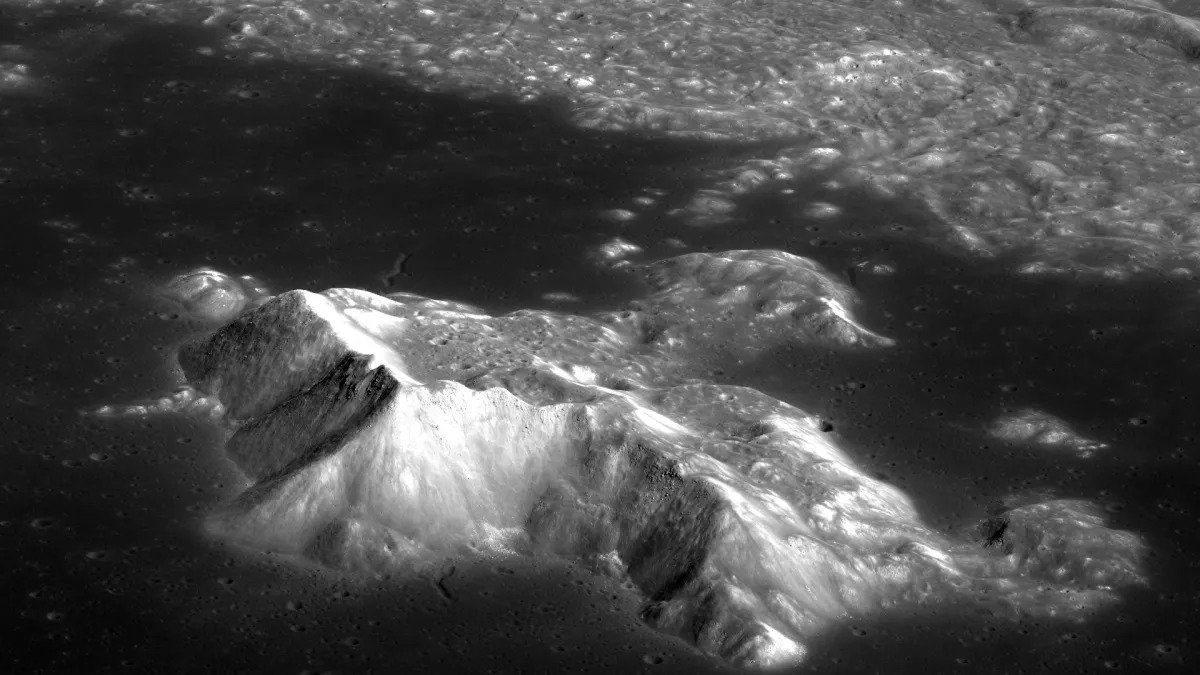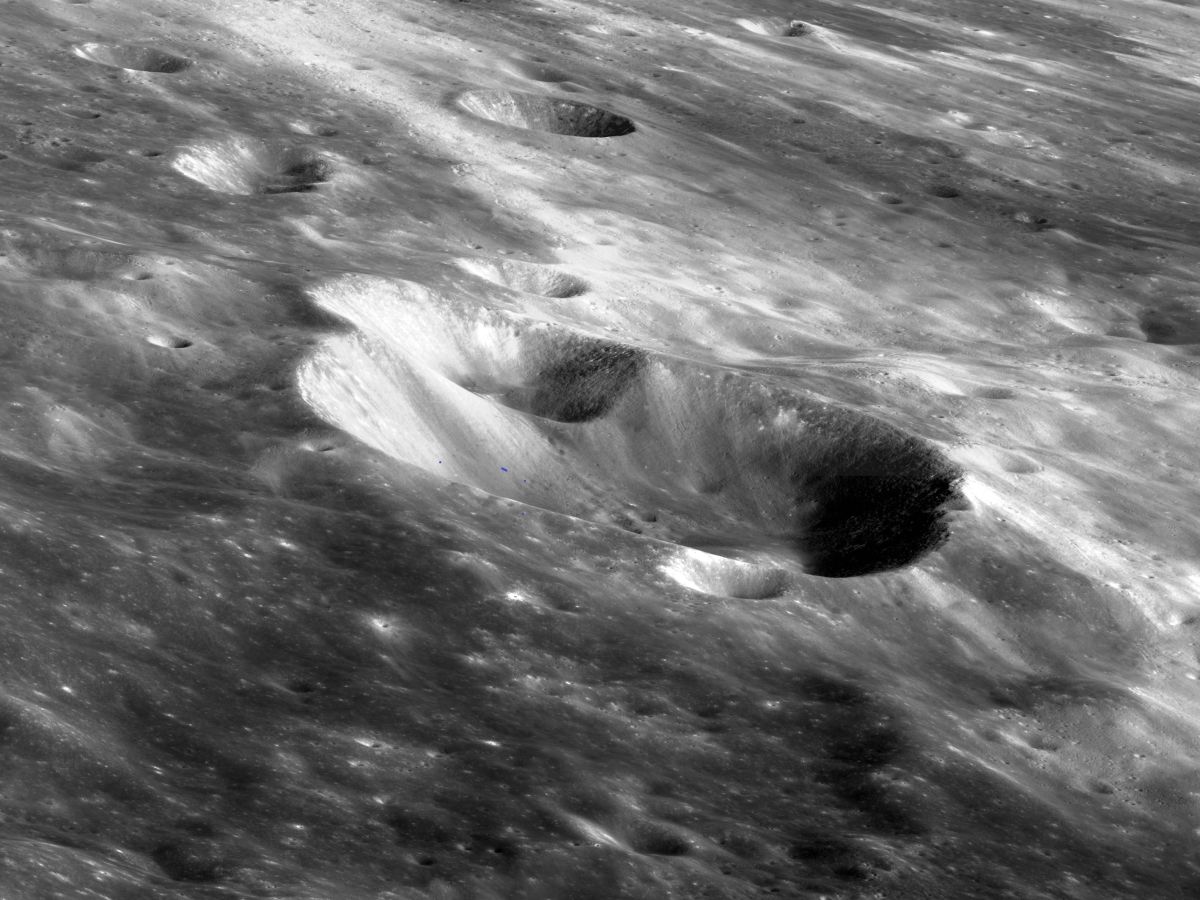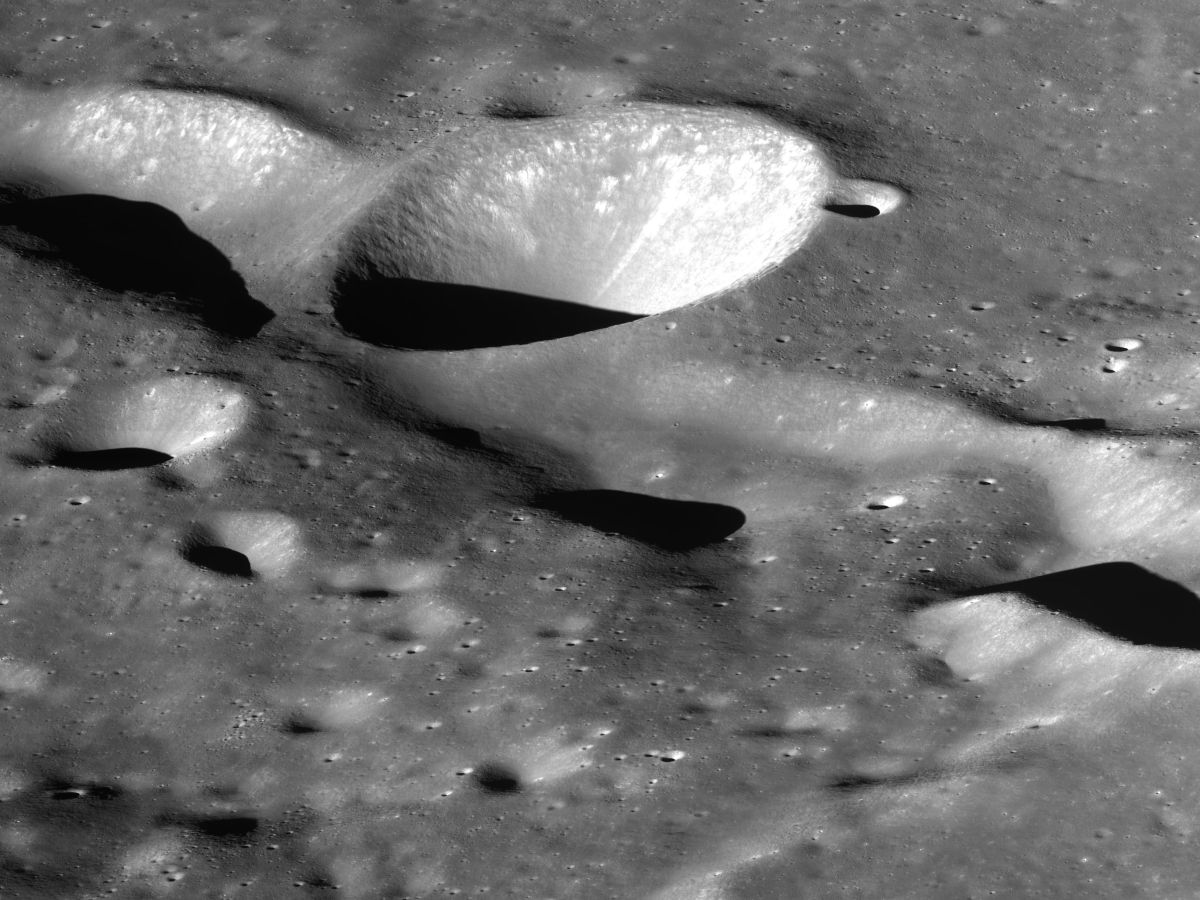The Danuri probe, launched by South Korea last year, has sent a new set of amazing photos of the moon’s surface. This time they were included in the Tsiolkovskiy and Wichmann craters, as well as the Vallis Schrödinger.

“Danuri” captured the lunar surface
The Korea Pathfinder Lunar Orbiter (KPLO), also known as Danuri, has been operating in low lunar orbit since mid-December 2022. It has already sent amazing photos of the surface of our moon to Earth several times.
The Korean Aerospace Research Institute (KARI), which is its main operator, has published a number of images of the surface taken by cameras on board. Rather, they were made by the main camera Lunar Terrain Imager (LUTI).
The spacecraft also has a NASA ShadowCam camera, which has been optimized to be sensitive to light reflected from lunar objects to allow it to peer into shadowed craters. However, this time it remained inactive.
Photographing of the Korean probe
Danuri captured several interesting details of the relief on the surface of the Moon. The first was the Tsiolkovskiy crater on the far side of the moon. It was named after the scientist Konstantin Tsiolkovsky, who formulated the rocket equation. The image is focused on a high central slide rising 3,200 meters above the bottom of the depression.

Another object photographed by the spacecraft was the Wichmann crater, named after Moritz Ludwig George Wichmann, a German astronomer of the XIX century. It is distinguished by its depth and complex shape.
In addition, the spacecraft captured Vallis Schrödinger. It is an elongated depression, as if cutting the lunar surface. There are small craters on both sides of it.

Danuri’s main mission is designed for one year, during which it will make numerous images and measurements of the lunar surface. According to NASA, a partner of the KPLO mission, this data can help in future robotic moon landing missions.
According to www.space.com
Follow us on Twitter to get the most interesting space news in time
https://twitter.com/ust_magazine
